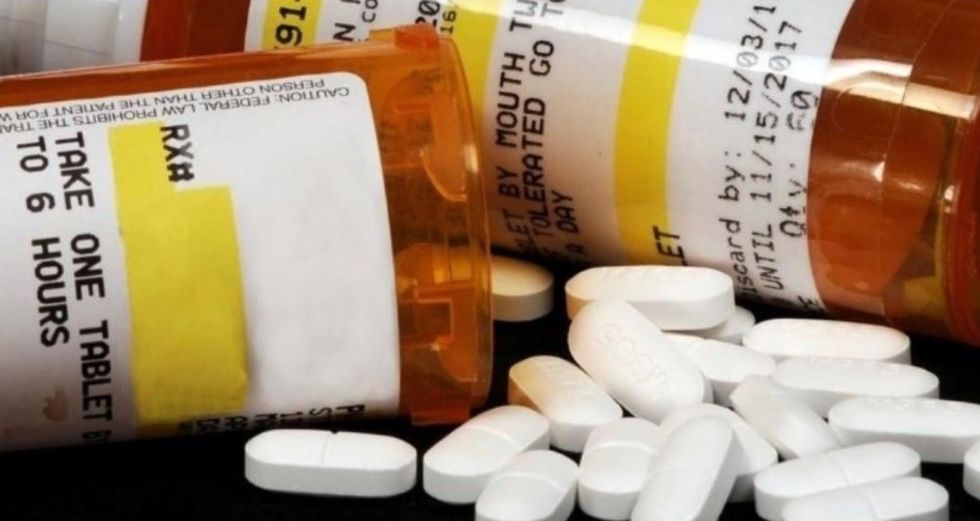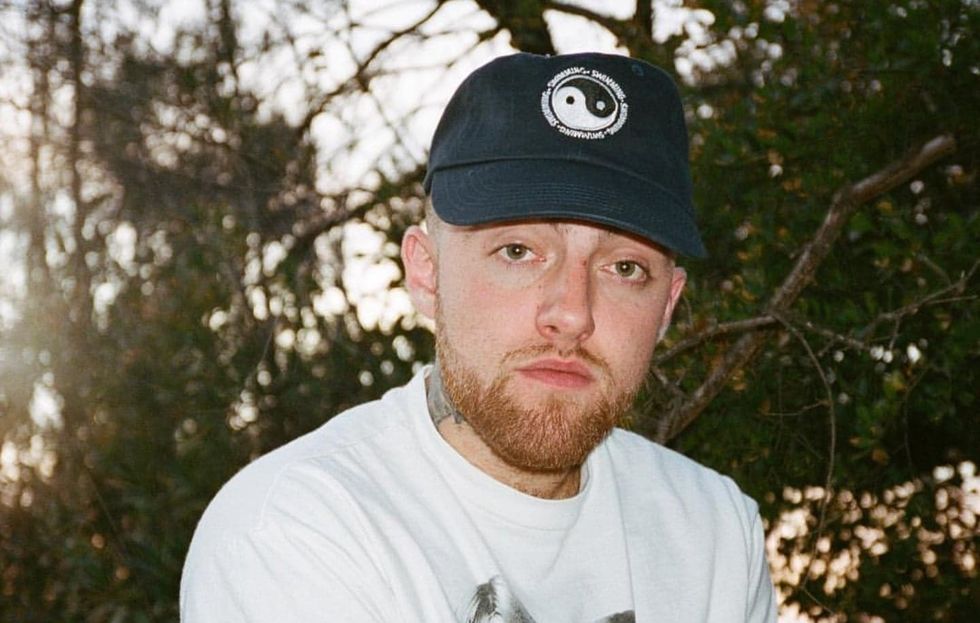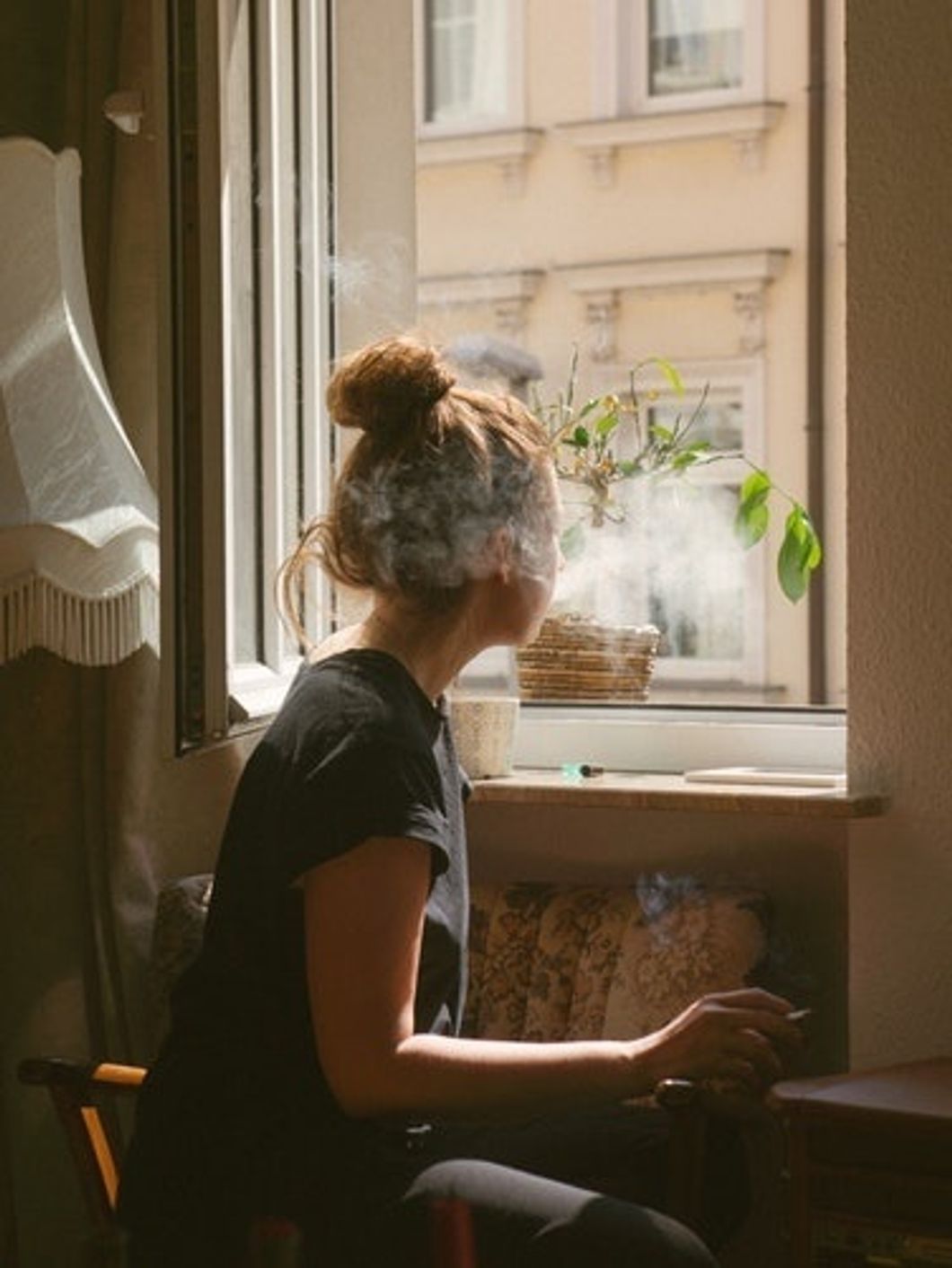Opioid Addiction Is The American Reality
Opioid addiction has become a large part of American lives. Two major events this week work towards taking Americans out of addiction's grip.
Two major events have happened this week regarding the opioid epidemic. Firstly, John Kapoor, the billionaire founder of opioid spray company, Insys Therapeutics, has been arrested for bribing doctors to over-prescribe his potent product and committing fraud on insurance companies for profit. The fetayol spray can be 100 times more powerful and addictive than morphine. Even though the drug is so powerful, it has oftentimes been prescribed for things like toothaches or back pain. Many activists have been accusing companies of pushing the highly addictive products on patients for profit. The charges can help to add definitive proof and send a message to other pharmaceutical companies. It also sends the message that Big Pharma companies can and will be held accountable for their actions.
Secondly, Donald Trump has announced a commitment to "smash the grip of addiction." Trump promised to expand funding for opioid addiction recovery and increase scrutiny of big pharmaceuticals. Both of these are major events in decreasing the hold opioids has on Americans. In the last 20 years, overdoses caused by prescription opioids have claimed more than 200,000 lives, or one every 12 minutes. In 2017, an estimated 1.7 million Americans suffered from opioid addiction and as many as 80 percent of heroin addicts started using prescription opioids first. States in the Midwest and East coast have been hit the hardest with opioid addiction and overdose rates.
When I was in high school, I distinctly remember reading an article about a woman whose teenage daughter became addicted and the endless struggle to get her clean. She reinforced throughout the article how surprised she was that opioid addiction would find its way to her suburban neighborhood and into her teenage daughter. Like the unsuspecting mother, I would also discover how opioid addiction was not just something sung about in rock songs.
Opioid addiction does not only affect addicts and their families but community members as well. A memory that haunts me was on an otherwise unmemorable Saturday. I was walking along the sidewalk with my friend from lunch, in Downtown Honolulu. Like most of Downtown Honolulu, the streets are filled homeless people suffering from addiction. As I continued to step around sleeping bodies, I made eye contact with a young woman laying along a dirty wall. Her skin was pale, and her eyes were almost completely white, and along her mouth was dried foam. I instantly could tell she was dead. It was like a scene from a horror movie and was later confirmed when I saw police shove her body into a blue body bag.
This would not be the last time that I would have to stare addiction in the eye. When I take the train to school, I have to purposely avoid looking around too much, because of all the times I accidentally caught someone shooting up in the corners. Even in my own circle of friends, I have lost too many friends to opiate addiction. Even if they have not overdosed yet, they are still lost. Unlike the high school reunions of my parents' generation, when I have not seen a friend in a few years, there is a chance I will be taken back by what I see. On multiple occasions, I have run into friends that have craters on their face and track marks on their arms.
It is a sad reality that many Americans experience. That's why I believe that opioid addiction is everyone's problem. Like a plague, it has found a way to creep into everyone's lives. Unlike most other diseases, it confronts passerbyers in public spaces and is a part of daily American life. Just like when I walked around the dead woman on the sidewalk, Americans are just navigating through their days, stepping around the problem.



























